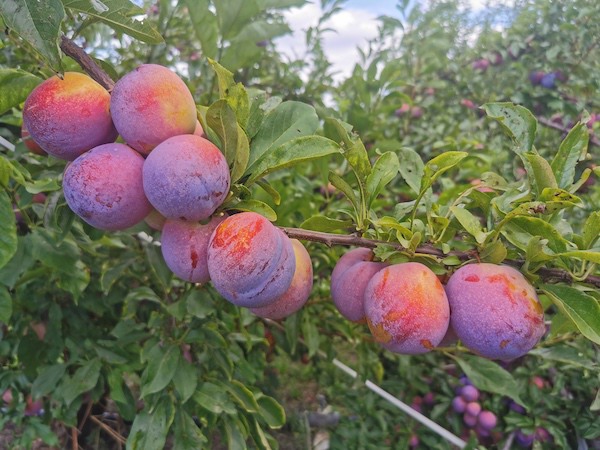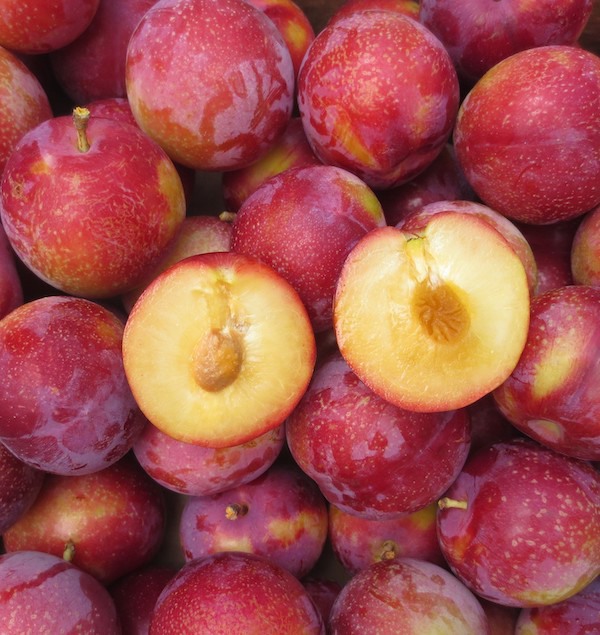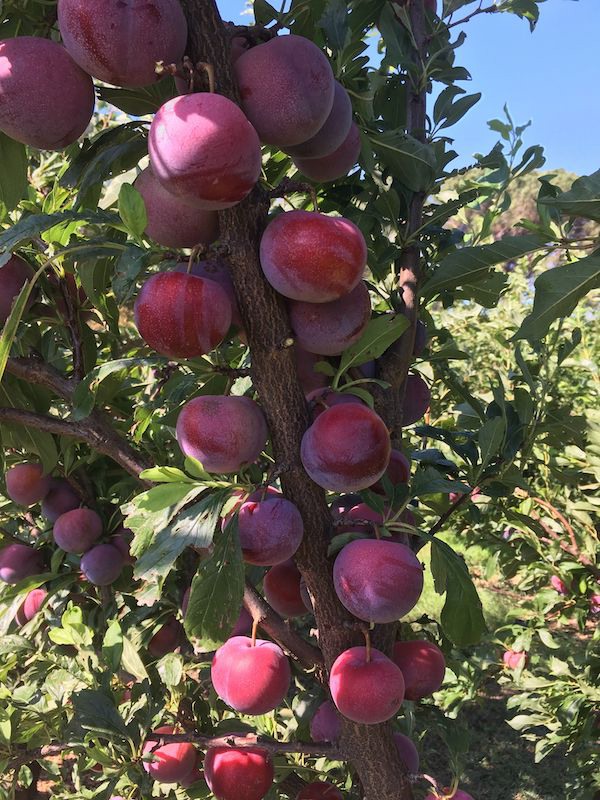Plums are popular among our parents and elders, but the younger generations don’t seem to be particularly interested in this stone fruit. “European plums like the Mirabelle or Reine-Claude are consumed by our parents and grandparents. With the trend we have observed on the American-Japanese varieties, there hasn’t been much varietal innovation in terms of taste in recent years. And the taste quality of the American-Japanese varieties of nice caliber that we find in supermarkets is often not great. Additionally, because it is a fruit that can travel and keep quite well in fridges, it often comes from far away. And the early varieties also come from abroad. I believe that all these factors reinforce the lack of interest for plums among French consumers,” explains Pascal Bassols of COT International.
However, on many levels, the plum could clearly have a place on the French market. Varietal innovation would help this stone fruit make a comeback and fully express its potential.
A need to rediscover tasty varieties
As with the apricot, the criteria to select plum varieties are changing. “We feel a real need for varietal renovation on the part of the producers, with the desire to turn to tastier varieties. Caliber matters less nowadays. It used to be necessary to have at least 50-55mm in caliber, but plums of 40-45mm are now easily found on the shelves.”
 Grenadine cov, recognized for its exceptional taste and agronomic qualities
Grenadine cov, recognized for its exceptional taste and agronomic qualities
Tasty varieties associated with clubs
At the moment, there are few varieties that stand out in terms of taste. “The agronomic aspect sometimes makes the difference. And the varieties that stand out for their taste are mostly found in clubs, so with planting obligations. However, many producers do not necessarily want to start producing large volumes of plums, and this holds them back a little. Besides, many think that the new plum varieties, just like the apples, are necessarily in clubs.”
Fruit growers want diversification
A number of apricot producers are looking to diversify without turning to species they are not familiar with. “We feel that producers really want to expand their offer but still work with stone fruit. So the plum is very interesting to them. However, plums cannot be grown everywhere. Plum trees do not like wind, so it is complicated (but not impossible) to plant in the Roussillon for example.”
Towards a professionalization of the sector
On the global level, there is definitely an interest for plums since there is a professionalization of the production, “which is more and more mechanized, with trees planted in high density, forming fruit walls, and with mechanical thinning and harvesting. The first large-scale tests of mechanical plum harvesting were carried out in recent years in several countries. There is a strong innovation in the plum sector in France, and we clearly observe a revival of interest for this fruit on the part of the producers. And in countries like Spain where the market is saturated, producers are looking for quality plums in order to stand out.”
 Divine cov, very juicy and excellent aromas!
Divine cov, very juicy and excellent aromas!
The plum presents many health benefits
The plum has a good potential for development, but it needs to be made popular again among the younger generation. “Plums really fit in the ‘Healthy Food’ trend. It is one of the stone fruits that contain the most fibers, iron and magnesium, as well as vitamin C and antioxidants. A good marketing strategy could make the younger generation want to eat them.”
Interspecific crossing
Although many breeders practice interspecific crossing, COT International has chosen not to go down this path. “It is the new trend, because crossing with apricots helps to obtain varieties that are a little more rustic and tolerant to climate challenges and pests. But as far as we are concerned, we’ve chosen to stick to 100% plums.”
 Coquine, early plum, sweet and very aromatic, with red flesh
Coquine, early plum, sweet and very aromatic, with red flesh
An expanding range of plums at COT International
COT International now offers 4 varieties of plums, in production from July to early September. “We are currently looking to expand our range with red-fleshed varieties in order to have a larger, more colorful offer to please more customers. While keeping in mind that the key for plums these days is to have varieties that are tasty, even after being refrigerated for an extended period of time.”
For more information:
Pascal Bassols
COT International
Mas de la Condamine, Chemin de l’abricot
30230 Bouillargues
Phone: +33-6-08-27-38-82
pascal@cot-international.eu
www.cot-international.eu
